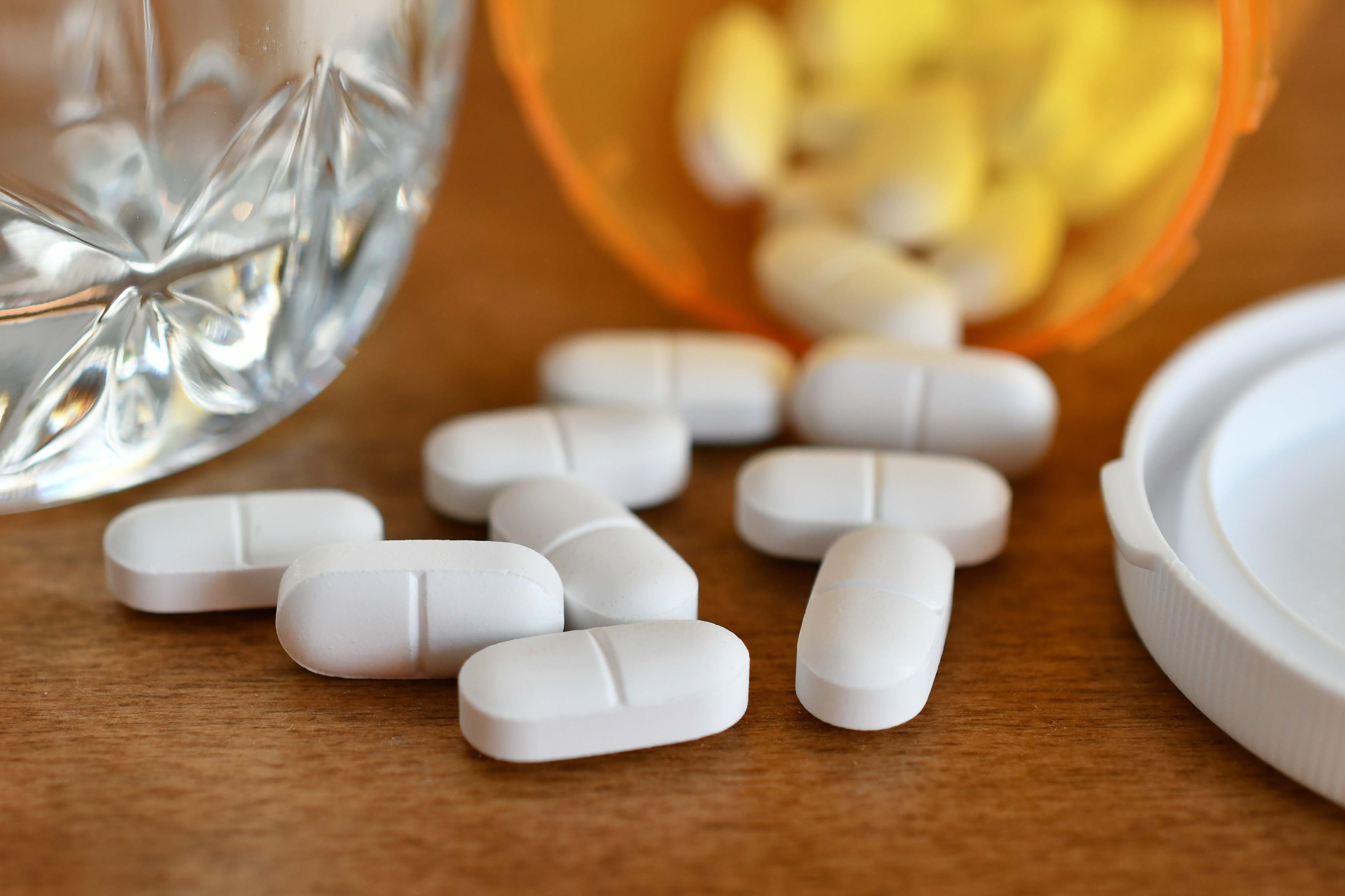
A method of treating opioid dependence without opioid-based ingredients
Unmet Need
In the United States, over 11% of adults experience daily pain and over 150 million prescriptions for opioids were dispensed in 2019. More than 11.5 million persons 12 years and older misuse prescription opioids and opioid overdose deaths have become a major public health crisis. The total economic burden of opioid dependence and deaths is estimated at $78.5 billion per year. FDA-approved therapies for chronic pain are primarily opioid-based, maintaining patients in a dependent state that complicates their long-term treatment. Therefore, the development of an effective non-opioid therapy is necessary. The N-methyl-D-aspartate receptor (NMDA) glutamate receptor, which mediates opioid-dependent neuroadaptive changes, is an attractive therapeutic target. Studies have shown that its modulation may reverse these changes and attenuate opioid withdrawal. However, known NMDA receptor antagonists (ex. ketamine) exhibit human abuse profile or limited efficacy, preventing their use as an effective therapy for opioid dependence. There is a need for opioid dependence treatment options that provide patients with high efficacy, low side effects, and avoid continuing to introduce opioid-based active ingredients.
Technology
Duke inventors have reported a method of treating opioid dependence using NDMA partial agonists. Specifically, agonist activity at the NMDA receptor decreases the number of glutamate receptor expressed in the postsynaptic neuron, potentially promoting enhanced recovery from opioid dependence. Using a rodent model of opioid dependence, the inventors showed that Rapastinel administration outperformed ketamine in attenuating withdrawal and preventing relapse in both adolescents and adults. Moreover, this method did not produce ketamine-like negative dissociative effects, promising an innovative and safe solution to treat opioid dependence.
Advantages
- Outperforms ketamine in attenuating opioids withdrawal symptoms and preventing relapse in rodent model
- Well-tolerated safety profile of NDMA receptor agonists with minimum negative side effects demonstrated in human clinical trials
- Non-opioid nature minimizes further opioid exposure during patient treatment